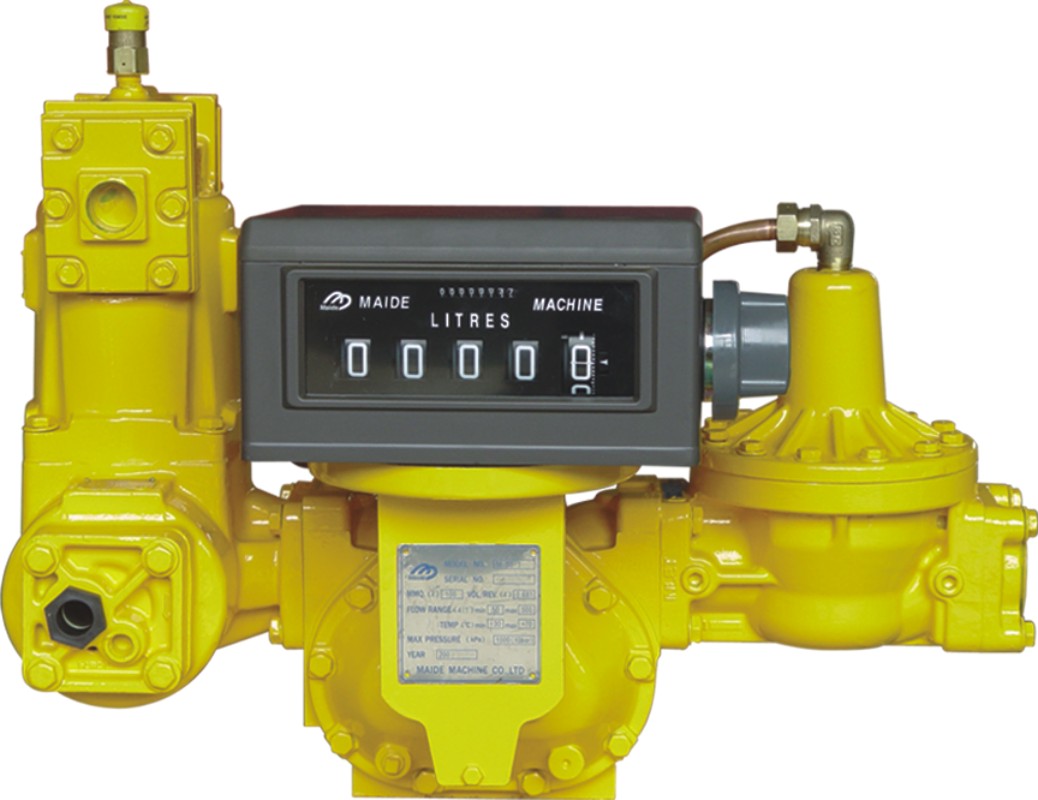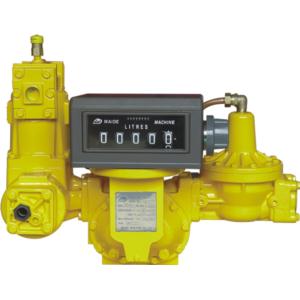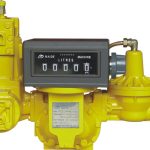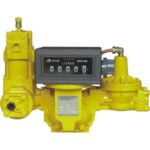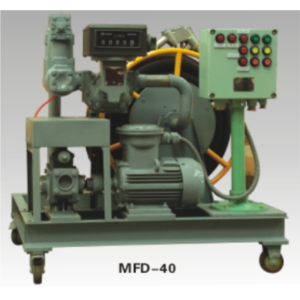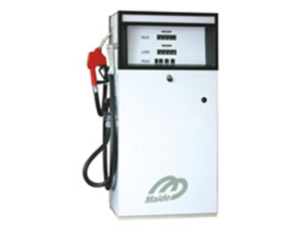Description
The LPG flow meter is a sophisticated positive displacement device designed specifically for the accurate measurement of liquefied petroleum gas (LPG) and other liquid products. Engineered for both transfer and process control applications, this meter excels in functionality and ease of maintenance. Its innovative design features two bladed displacement rotors and a central blocking rotor that work in harmony within a robust housing, ensuring precise measurements without any metal-to-metal contact. The synchronized operation of these rotors creates a reliable capillary seal, preventing any backflow and ensuring accurate readings.
With a wide range of applications, the LPG flow meter is perfect for loading and unloading operations in fuel bulk plants and refineries, transportation via truck tankers, and even heavy-duty fuel dispensing systems for large vehicles and aircraft. Its versatility makes it an essential tool in the petroleum industry.
Specifications
| Feature | Description |
|---|---|
| Type | Positive Displacement Meter |
| Applications | Fuel loading/unloading, LPG transport, heavy-duty dispensing |
| Classes of Measurement |
|
Additional Information
To ensure optimal performance and longevity, the LPG flow meter should be properly calibrated and regularly maintained. Users are advised to consult the manufacturer’s guidelines for installation and service procedures.
